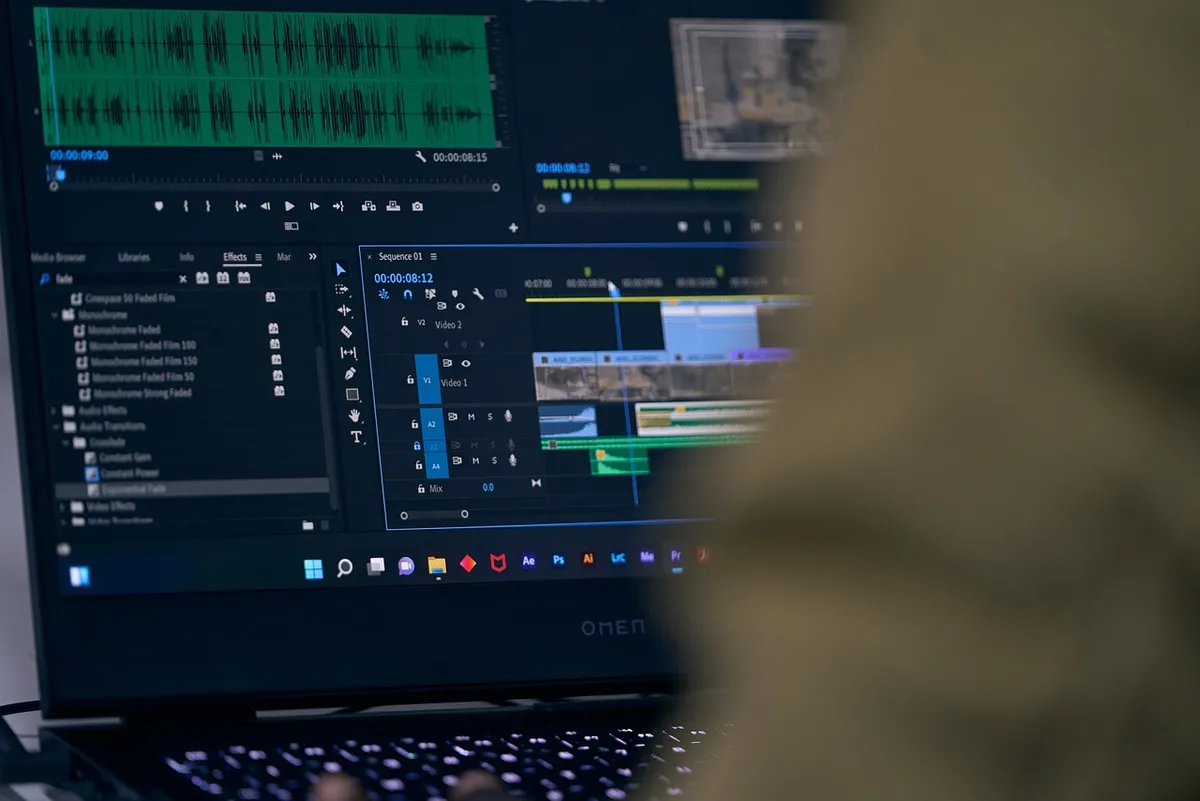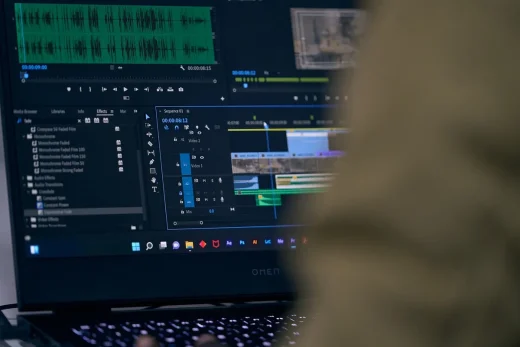Video editing for architecture promotion, engineering, and construction and how it can help your business, Company security
How to Edit Video for Architecture Promotion
8 October 2024
In today’s digital landscape, video serves as a powerful tool for promoting architectural designs. It allows potential clients and audiences to experience spaces in a dynamic way, far beyond static images.
A well-edited video can highlight the intricacies of a project, its context, and the overall vision behind it. For those starting out, utilizing a free video editor with no watermark can be an excellent way to produce professional-looking content without a hefty investment.
Defining Your Vision
Before diving into the editing process, it’s crucial to define your vision. Ask yourself what message you want to convey and the aesthetic you aim to achieve:
- What story do you want to tell?
- What emotions do you want to evoke?
- What specific features of the architecture should be highlighted?
Gathering High-Quality Footage
Quality footage is the backbone of any compelling architecture video. Aim for a mix of:
- Wide shots: Provide context and scale.
- Close-ups: Emphasize materials and textures.
- Detail shots: Highlight intricate design elements.
Ensure that the footage is well-lit; natural light often works best, especially during the golden hours of sunrise or sunset. Additionally, utilizing stabilization equipment can help achieve smooth shots, preventing shaky footage that detracts from professionalism.
Choosing the Right Software
Selecting the right editing software is vital for bringing your vision to life. Consider:
- Professional tools: Adobe Premiere Pro, Final Cut Pro, DaVinci Resolve.
- Beginner-friendly options: iMovie, Filmora.
Take time to explore tutorials and resources specific to your chosen software to maximize its potential in your projects.
Creating a Compelling Narrative
A well-structured narrative is essential in keeping your audience engaged. Structure your video with:
- Introduction: Eye-catching and setting the tone.
- Main content: Detailed exploration of architectural features.
- Compelling Narrative Conclusion: A powerful closing statement that reinforces the core message.
Voiceovers and text overlays can enhance storytelling by providing additional context and emphasizing important points.
Using Dynamic Transitions
Smooth transitions between clips are crucial for maintaining visual interest. Consider:
- Fades: Gradual transitions that create a soft effect.
- Dissolves: Smooth blending between clips.
- Slides: Movement-based transitions that add dynamism.
Consider matching transitions with the rhythm of background music for an even more polished effect.
Incorporating Background Music
The right background music can elevate the emotional impact of your video. When selecting music, keep in mind:
- Mood alignment: Ensure it matches the video’s tone.
- Audio balance: The music should complement, not overpower, voiceovers or ambient sounds.
Utilize royalty-free music libraries to find tracks that fit your project and adhere to copyright regulations.
Enhancing with Visual Effects
Visual effects can add flair to your video but should enhance rather than overwhelm. Use effects such as:
- Slow motion: Draw attention to specific elements.
- Speed ramps: Emphasize movement or transitions.
However, maintain a professional aesthetic by avoiding overuse of flashy effects, which can distract from the architecture itself.
Optimizing for Different Platforms
Each video platform has its audience and content preferences. Consider:
- Social media: Shorter, engaging edits (15 to 60 seconds).
- YouTube/website: Longer, detailed presentations.
Understanding the nuances of each platform allows you to tailor your content effectively, maximizing its impact.
Adding Branding Elements
Incorporating branding elements throughout your video is essential for establishing a professional identity. Ensure that:
- Your logo is visible and consistent.
- Color schemes match your brand identity.
- Fonts are coherent throughout the video.
Adding a subtle watermark of your logo can enhance visibility while keeping the focus on the architectural content.
Reviewing and Revising
Before finalizing your video, seek feedback from peers or potential viewers. The revision process is vital; consider:
- Fresh perspectives: Identify areas for improvement.
- Quality enhancement: Ensure the final product resonates with your audience.
How to Edit Video for Architecture Promotion Conclusion
Editing video for architecture promotion is a blend of creativity, technical skill, and strategic planning. By focusing on storytelling, utilizing the right tools, and maintaining a professional aesthetic, you can create compelling videos that showcase architectural designs effectively.
Embrace the learning journey, continuously refine your skills, and watch your promotional efforts reach new heights as you captivate your audience with stunning visual narratives.
Comments on this How to Edit Video for Architecture Promotion article are welcome.
Schools
School Posts
School design: important buildings for learning
Mackintosh Building Glasgow School of Art
Buildings
Education Building Designs – architectural selection below:
Design: Verstas Architects
Syvälahti Education Centre Turku
Design: Atelier Nuno Architects
The University of Hong Kong Medical School
Comments / photos for the How to Edit Video for Architecture Promotion page welcome.






